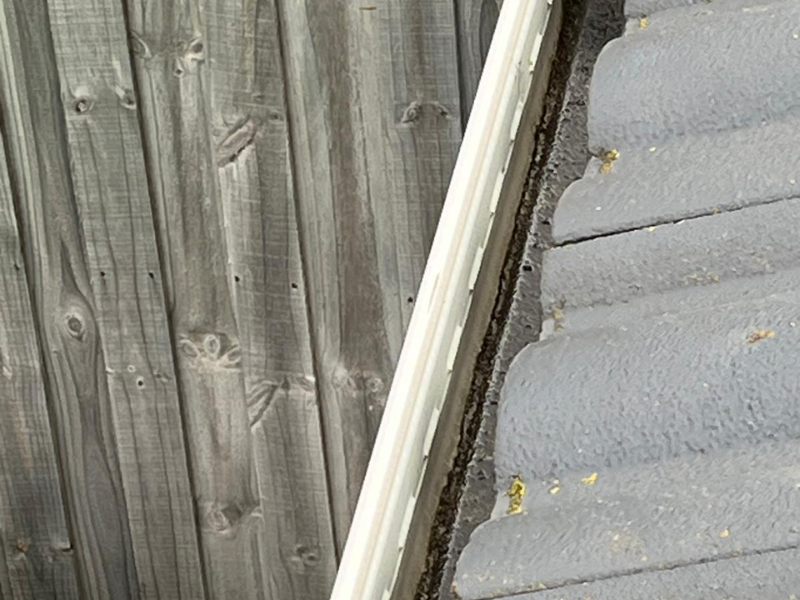Termites are one of the most destructive pests that can invade a home. These tiny insects are known for their ability to chew through wood, causing significant structural damage. But what about baby termites? Can these immature termites cause the same level of destruction as adults? Understanding the lifecycle of termites and their feeding habits is crucial for homeowners looking to protect their property. If you are dealing with a termite infestation, it is important to consider professional solutions. Learn more about termite treatment cost to get an idea of what it takes to eliminate these pests effectively.
Understanding Baby Termites
Baby termites, also known as termite larvae or nymphs, are the immature forms of termites that have recently hatched from eggs. They are small, pale, and soft-bodied, resembling tiny white or translucent worms. These larvae are dependent on worker termites to feed and nurture them until they mature into one of the three primary castes in a termite colony: workers, soldiers, or reproductive termites.
Unlike other insect species where larvae may be highly destructive, baby termites do not cause direct damage to wooden structures because they rely on worker termites for sustenance. However, their presence in a home signifies an active colony, which is a serious concern.
The Lifecycle of Termites
To understand the role of baby termites in a colony, it’s essential to look at the termite lifecycle. The lifecycle of termites consists of the following stages:
- Egg Stage: Queen termites lay thousands of tiny white eggs, which hatch into larvae within a few weeks.
- Larval Stage: Baby termites emerge from the eggs and depend on worker termites for feeding.
- Nymph Stage: As they grow, larvae molt several times and develop into workers, soldiers, or reproductives.
- Adult Stage: Fully developed termites perform specific colony roles—workers gather food, soldiers defend the nest, and reproductive termites expand the colony.
Because baby termites mature into workers that actively consume wood, their presence is a warning sign of potential damage in the near future.
How Termite Colonies Operate
A termite colony is a well-organized system where every member has a designated role. The worker termites are the primary culprits behind wood destruction. They tirelessly tunnel through structures, breaking down cellulose and providing food for the rest of the colony, including the baby termites. Since baby termites rely on workers for survival, their numbers indicate a thriving colony that will eventually lead to serious damage.
Signs of a Termite Infestation
Homeowners should be vigilant in identifying termite infestations early to prevent costly damage. Some common signs include:
- Mud Tubes: These are pencil-sized tunnels termites build along walls and foundations for protection.
- Discarded Wings: After a termite swarm, you may notice piles of discarded wings near windows or doors.
- Hollow-Sounding Wood: If you tap on wood and it sounds hollow, termites may have been feeding inside.
- Frass (Termite Droppings): Drywood termites leave behind small, pellet-like droppings.
- Buckling Paint or Wallpaper: Moisture buildup from termite activity can cause bubbling or peeling paint.
If you suspect an infestation, immediate professional intervention is necessary. Understanding wasp nest removal cost can also help if you face multiple pest problems in your home.
Do Baby Termites Eat Wood?
Baby termites themselves do not consume wood directly. Instead, they rely on worker termites to feed them through a process known as trophallaxis, where pre-digested cellulose is passed from workers to larvae. However, the more baby termites present in a colony, the higher the number of workers needed to sustain them. This means increased wood destruction as the workers collect food for both larvae and adult termites.
Preventing Termite Infestations
The best way to avoid termite damage is by taking preventative measures. Here are some key strategies:
1. Reduce Moisture Around Your Home
Termites thrive in damp conditions. Repair leaks, ensure proper drainage, and use dehumidifiers in humid areas.
2. Eliminate Wood-to-Ground Contact
Keep firewood, wooden structures, and debris away from your home’s foundation to reduce termite access points.
3. Seal Cracks and Crevices
Seal entry points around windows, doors, and foundations to prevent termites from sneaking in.
4. Schedule Regular Inspections
Professional termite inspections can detect infestations before they become severe.
5. Use Termite-Resistant Materials
If building or renovating, consider using pressure-treated wood or other termite-resistant materials.
Professional Termite Treatment Options
If you already have a termite infestation, professional pest control services offer the most effective solutions. Common termite treatments include:
- Liquid Termiticides: Applied to the soil to create a barrier against termites.
- Baiting Systems: These use slow-acting poison that termites carry back to the colony.
- Fumigation: A full-home treatment for severe infestations.
Investing in professional termite treatment is crucial for long-term protection. Consider checking out termite treatment services in your area to get rid of termites effectively.
Conclusion
While baby termites do not directly cause damage, their presence indicates a growing and potentially destructive termite colony. Homeowners should remain vigilant in detecting early signs of termite activity and take proactive steps to prevent infestations. If termites have already invaded your home, professional treatment is the best course of action to protect your property from structural damage. Stay informed and act quickly to safeguard your home from these hidden pests.




